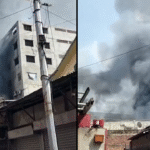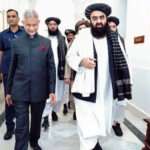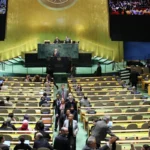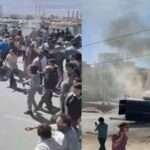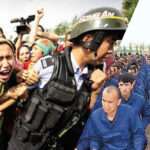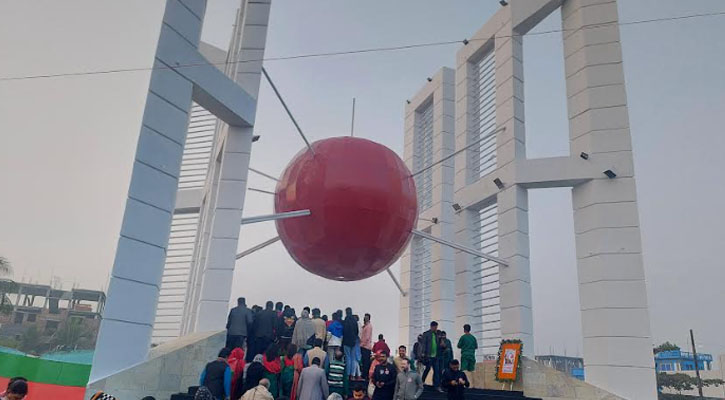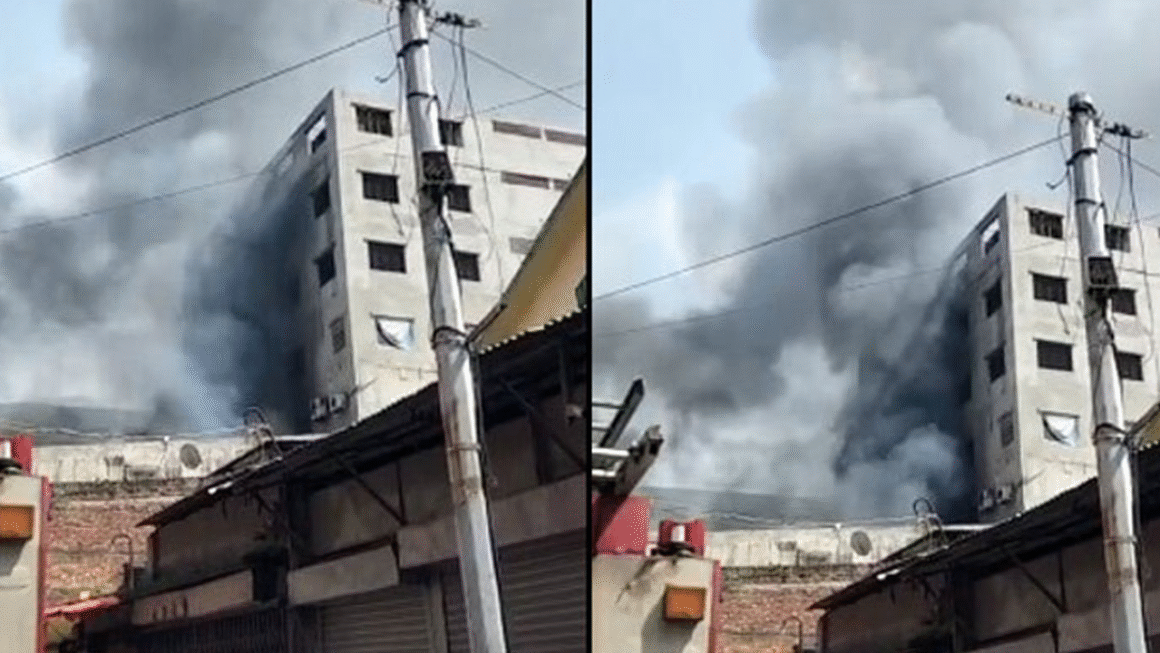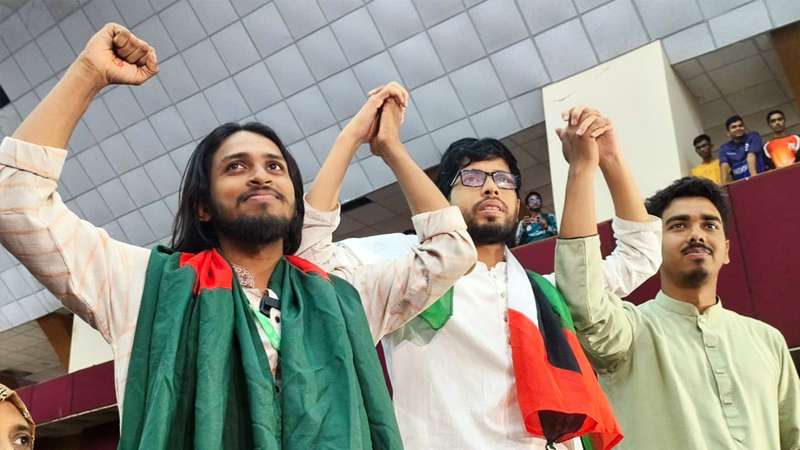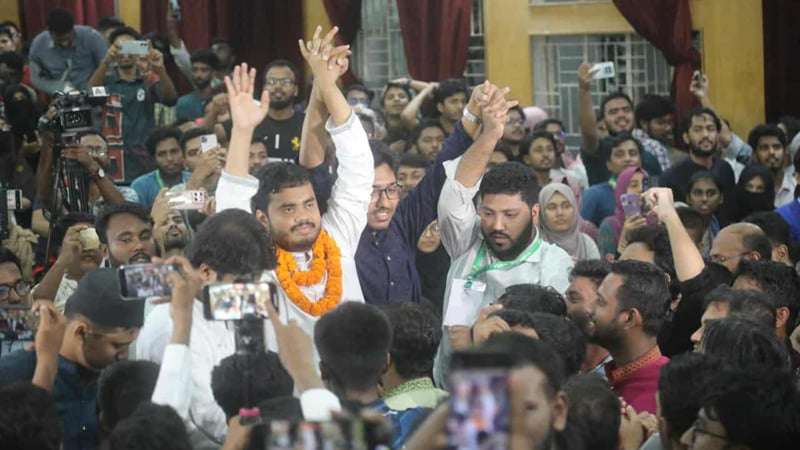Introduction to Gollamari Sritisoudh o Boddhobhumi-
Gollamari Sritisoudh o Boddhobhumi is one of the most haunting and historically significant memorials in Bangladesh. Located in the Gollamari area of Khulna city, this site is a painful reminder of the brutal genocide that occurred during the Liberation War of 1971. Hundreds of intellectuals, freedom fighters, and civilians were mercilessly killed by the Pakistani military and their collaborators, and their bodies were dumped in a canal near this site.
Today, the Gollamari Sritisoudh o Boddhobhumi stands as a national symbol of sacrifice, courage, and the collective memory of the people who gave their lives for Bangladesh’s independence.
Historical Background of Gollamari Killing Field-
During the 1971 Liberation War, Khulna was one of the cities that experienced severe repression and targeted killings. The Pakistani military, aided by local collaborators, used various sites in Khulna for torture, execution, and body disposal. Gollamari was one of the major killing fields (boddhobhumi) where many victims were brought blindfolded, tortured, and killed.
According to various sources, between August and December 1971, Gollamari witnessed a series of mass killings. Victims were often tied and dumped into the canal, which earned it the name “Gollamari Nala” (Gollamari Canal of Death).
Establishment of Gollamari Sritisoudh (Memorial)-
After the independence of Bangladesh, local people started identifying mass killing sites across the country. Gollamari, due to its horrifying history, was marked for preservation. Over time, the government and local authorities collaborated to establish a memorial at this site.
The Gollamari Sritisoudh, or the Memorial of Gollamari, was officially inaugurated to honor the martyrs. The monument features symbolic sculptures and plaques, portraying the grief, resistance, and resilience of the Bengali nation.
Architectural Features of the Memorial-
The memorial’s design is symbolic and minimalist, reflecting the sorrow and loss associated with the site. It includes:
- A black granite obelisk symbolizing the grave silence of the mass grave.
- A waterbody nearby, representing the canal into which the bodies were thrown.
- Sculptures and writings commemorating the victims.
- Names of identified martyrs engraved on walls.
The entire area is maintained as a peaceful public space for education and reflection, especially for younger generations.
Importance of Gollamari Sritisoudh o Boddhobhumi in Bangladesh’s History-
The Gollamari Sritisoudh o Boddhobhumi is not just a local landmark but a nationally recognized symbol of Bangladesh’s struggle for freedom. It serves several critical purposes:
- Historical Education: Schools and colleges frequently organize visits to this site as part of history lessons about the 1971 war.
- Cultural Memory: Annual events, especially on Martyred Intellectuals Day (December 14) and Victory Day (December 16), are held at the memorial.
- Tourism: The site attracts both local and international visitors interested in war history and genocide memorials.
Gollamari: One of Many Killing Fields in Bangladesh-
Bangladesh has over 400 identified killing fields, but Gollamari is among the most prominent due to the scale of atrocity and the later development of a formal memorial. Other known boddhobhumis include Rayerbazar, Mirpur, and Comilla Cantonment areas.
Still, Gollamari Sritisoudh o Boddhobhumi stands out for being one of the earliest documented sites and for having the remains of many intellectuals who shaped pre-war East Pakistan’s cultural identity.
Location and Accessibility-
The Gollamari Memorial is situated in the Gollamari area of Khulna city, which is accessible by road, rail, and river.
- Address: Gollamari, Khulna University Road, Khulna-9208, Bangladesh
- Transport: Buses and rickshaws frequently travel this route. It’s close to Khulna University and well-signposted.
- Nearest Railway Station: Khulna Railway Station (~5 km away)
- Nearest Airport: Jessore Airport (~60 km away)
Nearby Attractions-
If you are visiting Gollamari, you may also consider seeing other notable sites in and around Khulna:
- Sundarbans Mangrove Forest
- Khan Jahan Ali’s Shrine
- Sixty Dome Mosque (Shat Gombuj Masjid) in Bagerhat
- Khulna University Campus
- Bagerhat Museum
Events and Observances at Gollamari Sritisoudh-
Several events are held at Gollamari Sritisoudh annually, including:
- Martyred Intellectuals Day (14 December): Candlelight vigils and tribute events are organized by students, civic groups, and war veterans.
- Victory Day (16 December): Cultural programs, exhibitions, and freedom fighter tributes.
- Independence Day (26 March): Public speeches and wreath-laying ceremonies.
These events draw a large crowd and help reinforce the historical significance of the site.
Best Time to Visit Gollamari Sritisoudh o Boddhobhumi-
The best time to visit the Gollamari Memorial is during the cooler months of November to February, particularly around December 14 (Martyred Intellectuals Day) or December 16 (Victory Day). These dates not only provide ideal weather but also offer the opportunity to participate in commemorative programs.
If you want to explore the site in peace and reflect quietly, weekdays and mornings are best.
Conclusion-
Gollamari Sritisoudh o Boddhobhumi is not just a memorial—it is a national testament to the horrors of war and the enduring spirit of resistance. Every brick, every plaque, every shadow in the water canal tells a story of unimaginable loss, but also of hope, unity, and the victory of justice over tyranny.
Visiting this memorial helps Bangladeshis and international visitors alike understand the cost of freedom and the importance of preserving history. As Bangladesh moves forward as a nation, Gollamari remains rooted in the past, reminding us never to forget the sacrifices made in 1971.
FAQs About Gollamari Sritisoudh o Boddhobhumi-
Q: Where is Gollamari Sritisoudh located?
A: It is located in Gollamari, near Khulna University in Khulna city, Bangladesh.
Q: What happened in Gollamari during the Liberation War?
A: Gollamari was used as a killing field where hundreds of intellectuals and freedom fighters were executed and dumped into a canal by the Pakistani army and their collaborators.
Q: Is Gollamari Sritisoudh open to the public?
A: Yes, it is open to the public year-round. Visitors can explore the site and learn about its historical significance.
Q: Are there any guided tours available?
A: While there are no official guided tours, local students and volunteers often offer historical context during commemorative events.
Q: Why is Gollamari important in Bangladesh’s history?
A: It represents one of the largest intellectual genocides during the 1971 war and serves as a symbol of the sacrifice made for the country’s freedom.
Q: What are the best dates to visit Gollamari Memorial?
A: December 14 (Martyred Intellectuals Day) and December 16 (Victory Day) are the most significant dates for visiting the memorial.
Q: How is the site maintained?
A: The site is maintained by local authorities with support from Khulna University and cultural heritage departments.

